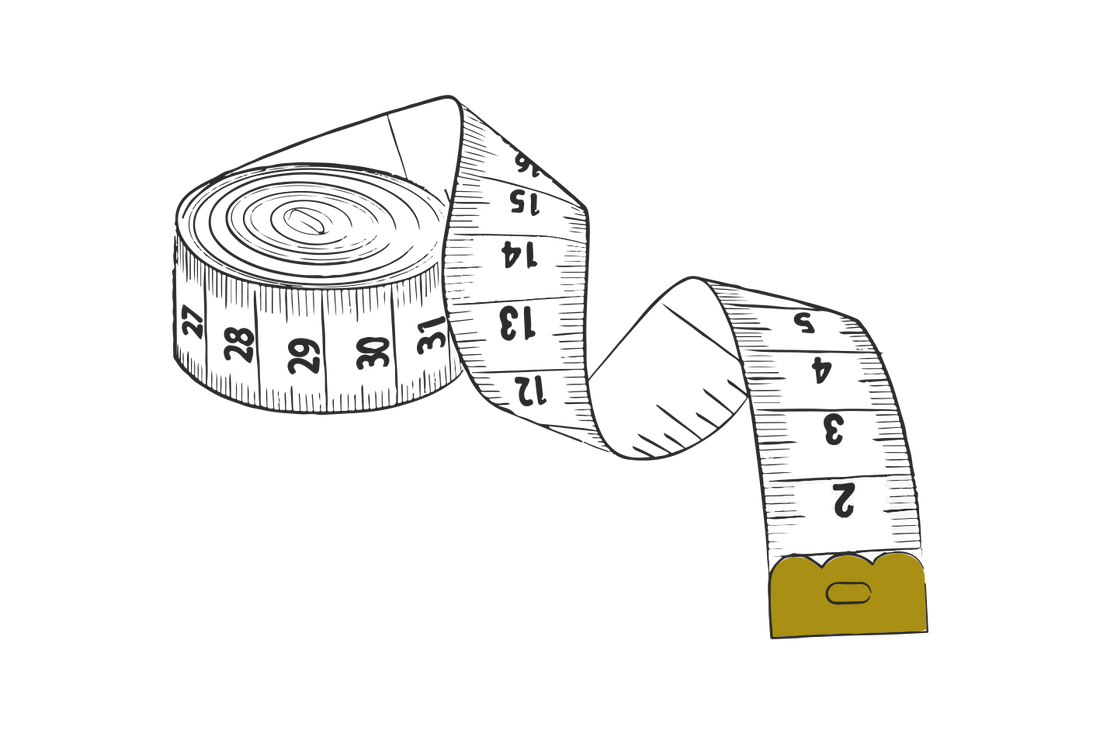Designing your custom suit can be a tricky thing. Suddenly something you’ve only ever thought of as a whole item needs to be broken down into the sum of its parts.
These notes are based off conversations with customers and are designed to help make the process a little more familiar.
Disclaimer: These ideas are based solely on my opinion, please feel free to ignore, flout and disobey at every opportunity.
This edit is for a client looking to add some informal pieces to his wardrobe.
Taking tailoring out of an office environment means there are fewer rules to follow. This can make it harder to know where to begin. Here are a few things to consider:
1. Cloth
You can afford to go for something softer and less structured than a suiting because you don’t have to worry about how the trousers will age.
really well. Additionally, cottons and linens tend to come in a wider
variety of hues than suiting.

2. Pockets

3. Trousers
The easiest way to make a blazer not look a suit jacket is to pair it with trousers which don't match. In the summer, a pair of light chinos will make a navy jacket seem much less formal. And for winter months try a pair of jeans with warm coloured flannel.4. Cut
• What will wear you underneath the jacket?
It is unusual to wear a jumper under a suit jacket so they can be cut with a close fit. A more casual jacket might be thrown over a chunky knit or even another lighter jacket.
• What will you be doing whilst you wear it?
On the whole, a suit jacket is worn for meetings and maybe a bit of sitting at a computer. Both need less range of motion than something you might wear in your time off. Will it be something you wear in the evening for moonlit dancing? Or rambling through the countryside?
If the answer to these are a big jumper and cutting some shapes then you will need more room in the fit than a modern suit jacket. And it should have less structure than a suit jacket, soft Italian shoulders, a less built up chest and more relaxed canvassing.

5. Details
Here is where you can have more fun than with a sombre work suit. Have you thought about
- Lighter/contrasting buttons
- An open pleat in the back
- Action back pleat
- A neopolitan shoulder


